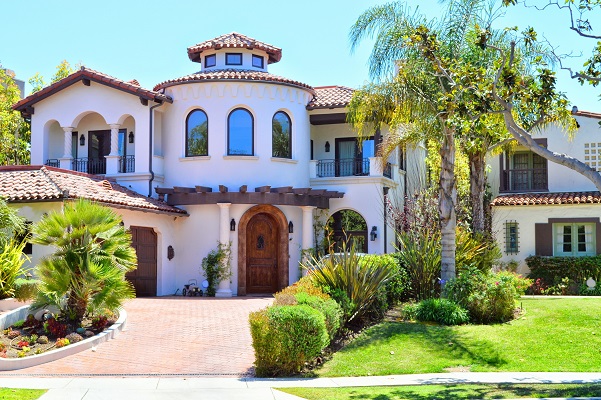Short Term Loan vs. Long Term Loan? Why Your Choice Matters

What Type of Property are You Planning to Buy?
The type of loan you take can also be determined by whether or not you live in the property or rent it out. If it’s a rental property, then a VA, FHA or USDA loan won’t work. These three government-backed home loan programs are reserved for a primary residence, only. For an investment property loan, a conventional mortgage is the choice. A conventional loan is one where the lender assumes all the risk for issuing the mortgage. Even further outside the box is a ‘portfolio’ mortgage. A portfolio loan is one where the lender making the mortgage intends to keep the loan in-house, or in its ‘portfolio.’ A portfolio loan typically addresses a niche market or borrower.
How Rates and Mortgage Points Affect Your Home Loan
Once the decision is made on which type of loan works best for you, it’s at this stage where it’s time to select a rate. Many may not be aware, but each individual loan program carries with it an array of rates from which to choose. A loan will be offered with different interest rates. The lender really doesn’t care which rate you choose, it’s completely up to you. Rates can be accompanied by a discount point, or simply a ‘point.’
A point is expressed as a percentage of the loan amount and is considered a form of prepaid interest to the lender. Paying a point or two will lower the interest rate on the loan whereas a loan with no points will have a slightly higher rate. We can work together to find out which rate/point combination works best for you. Further, interest rates can be adjusted upward to the point where not only are there no points involved but a lender credit can be available to be applied toward your closing costs. Your credit score can also impact your rate as well as the loan amount compared to the value of the property. See? We told you there were more choices than you might have thought. But there are more.
Short Term and Long Term Options Explained
The actual term of the loan affects not only the monthly payment but also the amount of interest paid over the actual life of the loan. Different loan programs can offer different financial terms. The most common of all loan terms is the 30 year program. The 30 year term stretches the loan over 360 months. Doing so provides a lower monthly payment compared to a shorter term loan. The next most popular loan is the 15 year loan term. The 15 year loan will carry a slightly lower interest rate, but the monthly payment will be higher because the payoff period is cut in half compared to a 30 year loan.
Let’s take a $500,000 loan amount and a 30 year rate of 2.75%. The principal and interest payment works out to be $2,041 per month with total payments equaling $734,760. Subtract the original principal amount of $500,000 and you get $234,760 in interest paid over the life of the loan. Switching to a 15 year term and a 2.25% rate, the payment comes to $3,275 and $589,500 in total payments. The interest for the 15 year loan is dramatically lower, at $89,500. The difference in loan terms can make a huge difference in both the amount of interest paid as well as how much you’ll pay each month on the mortgage. Further still are loan terms of 10, 20 and 25 years.
What’s Next
If this starts to sound a bit too much to choose from, it really just takes a phone call. Together, we’ll talk about your various options and guide your through a list of programs that fit your needs. From that list, we’ll choose the program, the rate and the term that matches your financial goals and meets your requirements.


